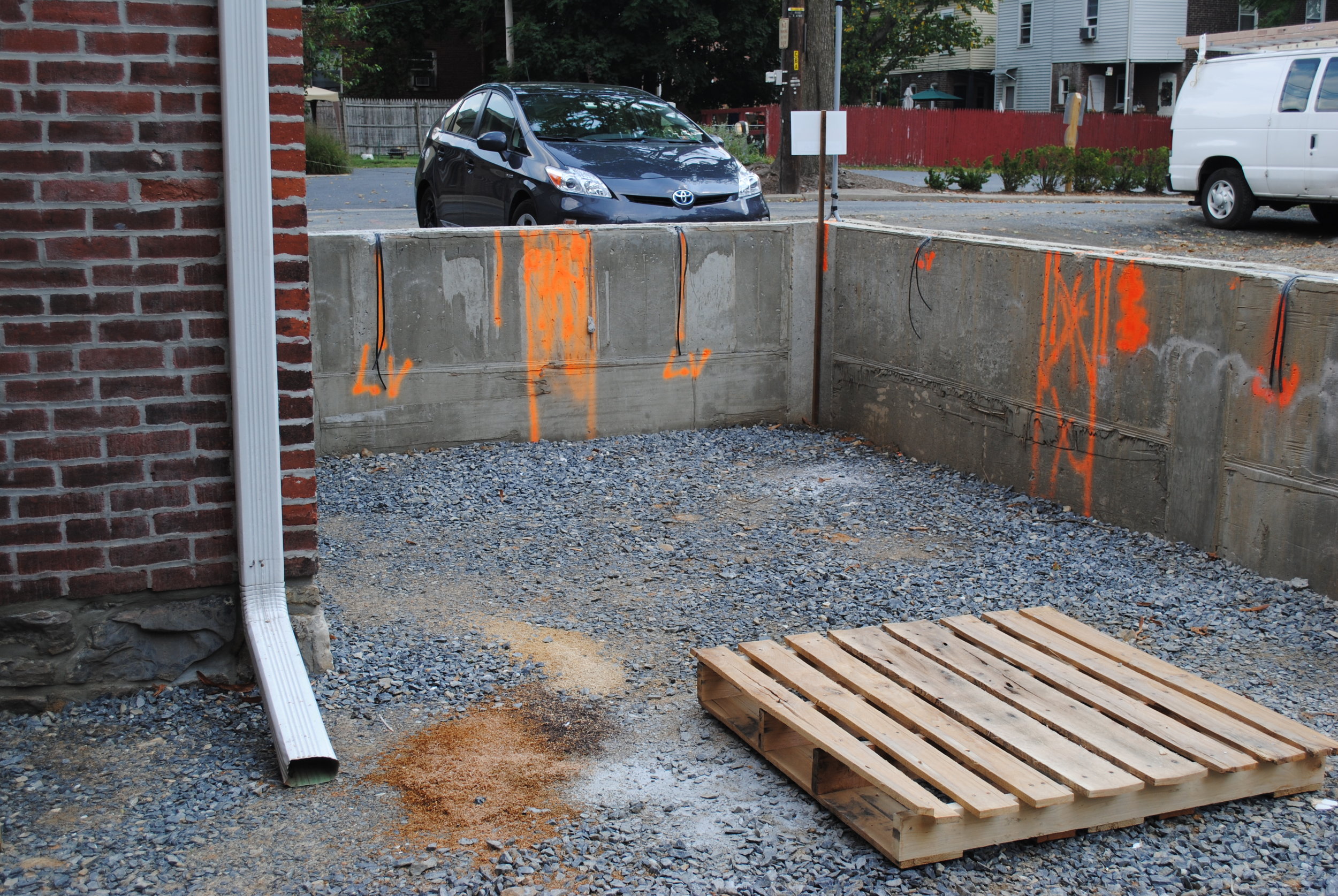Scheduling Requires an Action Plan
Once the demo and assessment had been done (basically after the dust had settled) we could finally start making our ACTION PLAN for the renovation of our 115-year-old property in downtown, historic Bethlehem.
As I’ve said, unlike TV shows where they have the power of EDITING weeks of work into a one-hour episode, we really couldn’t order doors or windows, schedule sheet-rockers or even get estimates from excavators and masons until we really knew what we were up against and what our goals were.
The REALITY was that it was a larger AND longer renovation than we had originally hoped for and now we had increased our timeline AND our budget. This did not even include those hidden surprise expenses along the way!
When my clients use me as a project manager I find it really helpful to develop a schedule for them to see the steps involved and understand how long things will take. This helps give perspective, especially when you are on week number 16 out of 24 weeks! I find as people get closer to the end of any renovation they get anxious and frustrated – they are ready to be done.
There are many sophisticated software programs on the market, but I prefer to use a simple Excel spreadsheet program that most everyone has on their computer already. This way the various contractors I am working with don’t have to have a special program to make edits. And homeowners can easily manage this, as well.
Most contractors shy away from putting schedules on paper – they are afraid of over-promising and under-delivering. But I find it really helps my clients appreciate the scope of the job and understand the process, which is the order in which things need to get done. AND the amount of time it takes to do each part of the job.
Naturally, our own renovation followed suit and we had a detailed schedule, too. Now please remember, and I remind my clients as well, that this schedule is a LIVING DOCUMENT – it WILL change – but at least everyone understands the process! My husband and I had MANY meetings with my contractors about what needed to be accomplished, how long each part of the job would take and when materials/product needed to be on site. I put together the schedules myself and made sure that I had made final decisions on each product and material and that it was ordered with enough time for it to be delivered and waiting for installation!
The thing that was harder to control was the influx of our sub-contractors AND their availability! Luckily our electrician lived around the corner and the plumber was local, as well. And although working in temperatures exceeding 100 degrees on some days was tough – at least we didn’t have to worry about snow storms disrupting workflow.
This was by far the largest renovation project I had ever done – not to mention the fact that my husband and I were acting as our own General Contractors. By formatting these detailed schedules we were able to see the missing pieces and where we need to fill in the gaps ourselves. I began teaching myself how to refinish woodwork. John would spend his evenings measuring and double checking our plans and then we both would tackle arduous tasks like pulling nearly 3000 nails out of the wood floors so they could be refinished by our scheduled date. We were now part of the crew – all hands on deck!





